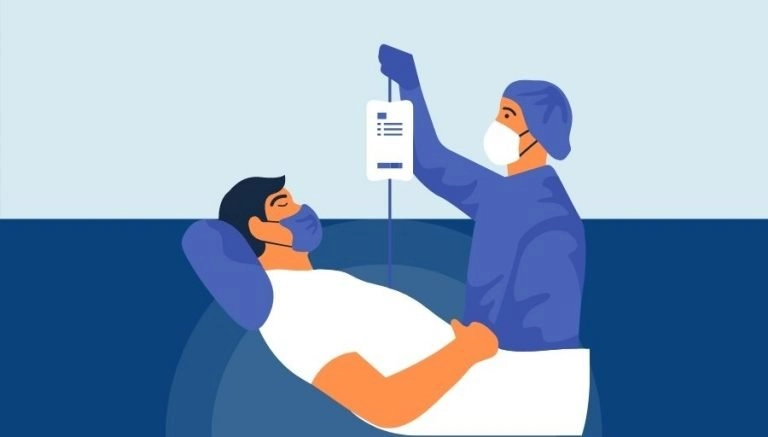How To Use CPT Code 0309U
CPT 0309U describes a proprietary laboratory analysis (PLA) code for a specific test called HART CVE® from Prevencio Inc. This test analyzes the levels of four proteins in a plasma specimen and uses an algorithmic analysis to provide a risk score for major adverse cardiac events. In this article, we will cover the official description, procedure, qualifying circumstances, appropriate usage, documentation requirements, billing guidelines, historical information, and examples of CPT code 0309U.
1. What is CPT Code 0309U?
CPT 0309U is a proprietary laboratory analysis (PLA) code that applies to a specific test called HART CVE® from Prevencio Inc. This test assesses the levels of four proteins in a plasma specimen: NT-proBNP, osteopontin, tissue inhibitor of metalloproteinase-1 (TIMP-1), and kidney injury molecule-1 (KIM-1). By using an algorithmic analysis of the results, the test provides a risk score for major adverse cardiovascular events, such as heart attack or stroke. This risk score can help clinicians make treatment decisions for their patients.
2. Official Description
The official description of CPT code 0309U is a follows: ‘Cardiology (cardiovascular disease), analysis of 4 proteins (NT-proBNP, osteopontin, tissue inhibitor of metalloproteinase-1 [TIMP-1], and kidney injury molecule-1 [KIM-1]), plasma, algorithm reported as a risk score for major adverse cardiac event.’
3. Procedure
- The laboratory analyst measures the levels of four protein biomarkers (NT-proBNP, osteopontin, TIMP-1, and KIM-1) in a plasma specimen.
- The procedure uses existing laboratory platforms and follows the steps described in the HART CVE® kit.
- This test is a multianalyte assay with algorithmic analysis (MAAA), which means that it combines multiple analytes and uses an algorithm to analyze the results and report a risk score.
- The HART CVE® test uses the plasma protein level results to determine the patient’s risk of experiencing a major adverse cardiovascular event within one year.
- The risk score provided by the test can help clinicians make proactive interventions and decrease the incidence of adverse outcomes for the patient.
4. Qualifying circumstances
CPT code 0309U is appropriate for patients who require an analysis of the four specific proteins (NT-proBNP, osteopontin, TIMP-1, and KIM-1) in their plasma specimen. This analysis is typically performed for patients with cardiovascular disease or those at risk of major adverse cardiac events. The test is intended to provide a risk score that can guide treatment decisions and interventions for these patients.
5. When to use CPT code 0309U
CPT code 0309U should be used when performing the HART CVE® test from Prevencio Inc. This code is specific to this proprietary test and should not be used for any other similar tests or analyses. It is important to report one unit of this code for a single specimen analyzed on a single date of service.
6. Documentation requirements
To support a claim for CPT code 0309U, the following documentation is required:
- Indication of the need for the HART CVE® test and the patient’s cardiovascular disease status
- Documentation of the four protein biomarkers analyzed (NT-proBNP, osteopontin, TIMP-1, and KIM-1)
- Date of service and details of the plasma specimen analyzed
- Results of the algorithmic analysis and the reported risk score for major adverse cardiac events
- Signature of the laboratory analyst performing the test
7. Billing guidelines
When billing for CPT code 0309U, it is important to use this specific code for the HART CVE® test from Prevencio Inc. Do not report this test using any other CPT code. It is also important to follow any additional guidelines or requirements from payers regarding the billing and reimbursement for this test. Some payers may also separately reimburse for the collection of the specimen.
8. Historical information
CPT code 0309U was added to the Current Procedural Terminology system on April 1, 2022. As a relatively new code, there have been no updates or changes to this code since its addition.
9. Examples
- A patient with a history of cardiovascular disease undergoes the HART CVE® test to assess their risk of major adverse cardiac events.
- A clinician orders the HART CVE® test for a patient with multiple risk factors for cardiovascular disease.
- A patient presents with symptoms suggestive of a potential major adverse cardiac event, and the HART CVE® test is performed to aid in diagnosis and treatment decisions.
- A patient with a family history of heart disease undergoes the HART CVE® test as part of a comprehensive cardiovascular risk assessment.
- A clinician uses the HART CVE® test to monitor the effectiveness of a patient’s current cardiovascular treatment plan and make adjustments if necessary.
- A patient with known cardiovascular disease undergoes the HART CVE® test as part of their routine follow-up care to assess their ongoing risk of major adverse cardiac events.
- A clinician orders the HART CVE® test for a patient who is about to undergo a major surgical procedure to assess their cardiovascular risk and guide perioperative management.
- A patient with unexplained symptoms undergoes the HART CVE® test to help determine the underlying cause and guide appropriate treatment.
- A clinician uses the HART CVE® test to assess the cardiovascular risk of a patient before starting them on a new medication that may have potential cardiac side effects.
- A patient with a history of stroke undergoes the HART CVE® test to assess their ongoing risk of recurrent cardiovascular events.



